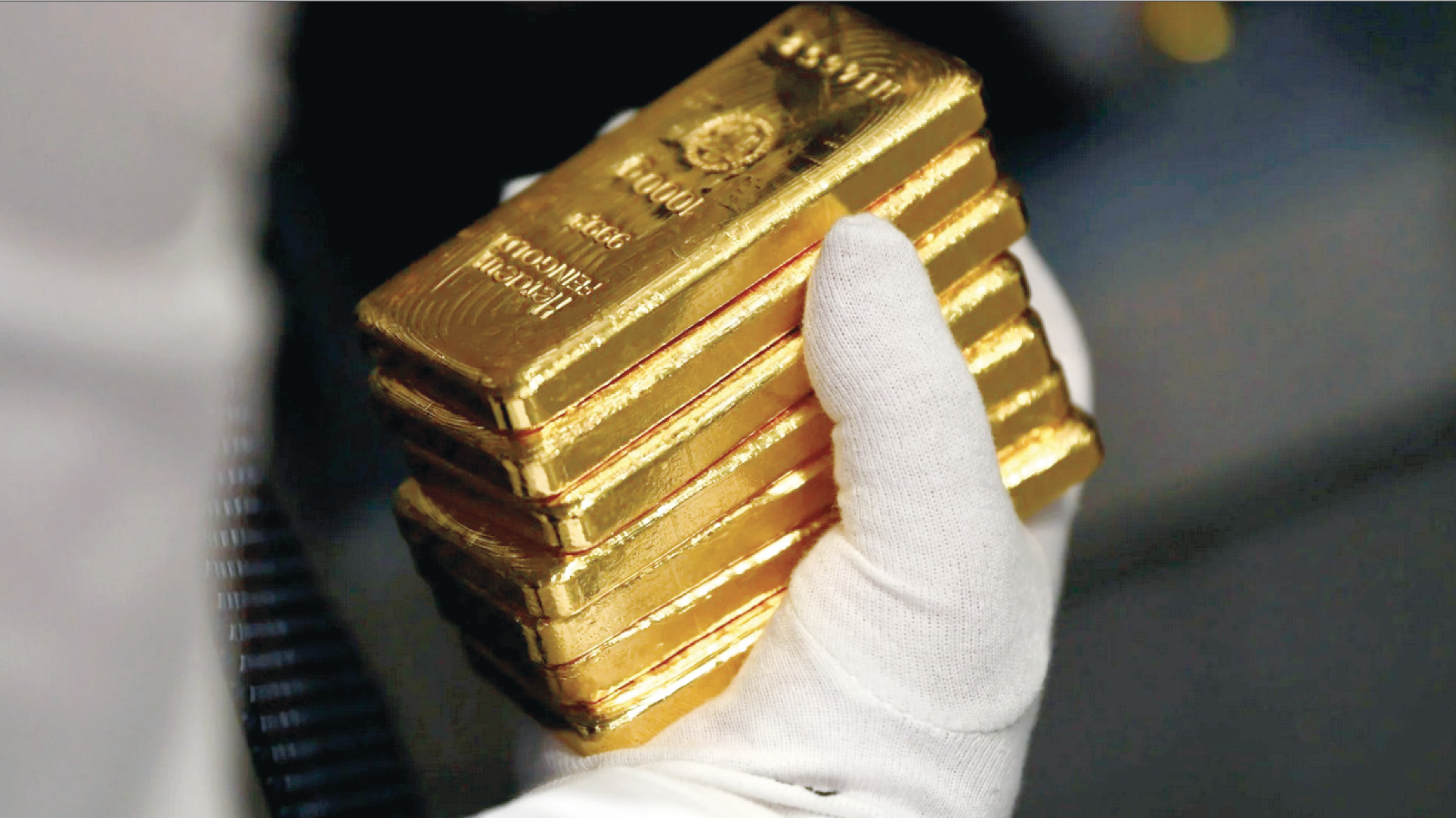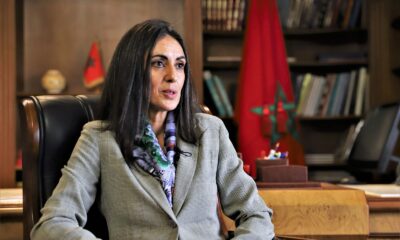International
Gold Surge: Between Global Crisis and Local Speculation
Gold prices in Morocco are hitting unprecedented highs. At 770 DH per gram for raw gold, crafting fees ranging from 40 to 220 DH must be added, potentially pushing the total price to 1,000 DH per gram. While the domestic market remains tied to international rates, it suffers from structural weaknesses.

If there are two investment products that never lose value, they are real estate and gold. Even if prices do not rise, they may correct themselves but never fall.
While the price of gold in Morocco typically grows by around 1% to 5% annually, it has been riding an increasingly powerful wave over the past few months. Since the start of this year, it has already surged by over 10%.
According to Driss El Hazzaz, President of the National Federation of Jewelers, the price of raw gold is currently around 770 DH per gram. To this, the cost of labor—which is becoming scarcer and thus more expensive—must be added. Crafting fees fluctuate between 40 and 220 DH per gram.
This gap is explained by the hours of work required for a piece of jewelry, the method used (handmade or machine-made), and the complexity of the design. For example, a “Rivière” necklace or a “Tennis” bracelet requires craftsmanship costing 200 DH/gram, while a standard bracelet costs 40 DH/gram.
Consequently, the price of a finished product ranges between 810 and 990 DH per gram. The threshold of 1,000 DH/gram will soon be breached—a historic first. Yet, these prices are entirely normal given gold’s behavior on international markets amid economic upheaval and lingering uncertainties over global stability following announcements by U.S. President Trump.
Earthquake in Financial Markets
Globally, markets are reeling after the White House’s protectionist measures. The imposition of tariff hikes on all countries exporting goods to the United States is a hammer blow.
Crisis units are convening worldwide to prepare countermeasures, with some countries already retaliating. Analysts and experts warn that this decision could harm global trade, causing all assets—from financial markets to commodities like oil—to plummet. Investors are flocking to gold, reinforcing its status as a safe-haven asset.
Gold is currently trading around $3,100 per ounce, marking an 18% increase since the start of the year. The price surge is also fueled by central banks’ massive purchases of bullion amid geopolitical uncertainties surrounding the unresolved conflict in Ukraine.
If most new jewelry in Morocco comes from recycled old pieces and gold remains within the country, why do local prices mirror global trends? El Hazzaz clarifies that recycled jewelry accounts for only 10–15% of jewelers’ supply, peaking at 25% during high-demand periods.
“The bulk of the market—80%—is supplied by the black market,” he reveals. Five or six major importers source gold illegally from foreign markets and supply it to jewelers, who themselves purchase gold based on international prices.
This explains the direct correlation between Morocco’s per-gram gold prices and global market rates—an open secret.
Legal Importation: Possible but Restrictive
Another legal supply avenue exists: importation, permitted by Morocco’s Exchange Office for the country’s 35,000 jewelers. The Office provides a list of approved foreign companies for sourcing.
However, this option is rarely used due to stringent regulations. El Hazzaz explains, “Only 30% of the merchandise can be paid upfront, capped at $18,000, with the remainder due upon receipt.” Foreign suppliers reject such terms due to gold’s price volatility between delivery and payment.
As a result, jewelers turn to black-market importers, who exploit their dominance by imposing margins of up to 120 DH/gram. Worse, as gold prices climb, these “investors” collude to hoard stocks, refusing sales to retailers and driving prices even higher.
Amid these conditions, the jewelry industry continues to suffer under speculators’ control. Years ago, professionals partnered with ETIC Consult to draft a strategic development plan addressing taxation, customs, supply chains, and training. Submitted to multiple ministries, the proposal has gone unanswered.
Analysts predict gold could reach $4,000 per ounce by year-end, pushing Moroccan jewelry prices above 1,200 DH/gram, given ongoing U.S.-global trade tensions and the unresolved Russia-Ukraine conflict.
Silver: Safe Haven or Industrial Metal?
Internationally, silver prices typically follow gold’s lead, serving as a secondary safe haven. Since January, it has risen 15%, peaking at $35/ounce.
However, silver—known for extreme volatility—now fluctuates between $29 and $30/ounce amid anticipated global economic slowdowns. Despite high demand for industrial uses (solar panels, electronics, automotive, etc.), silver’s vulnerability grows as global economic conditions weaken.
In Morocco, silver has not yet mirrored gold’s meteoric rise, though it faces similar issues on a smaller scale. Prices have risen by roughly 2 DH, with raw silver now at 8 DH/gram.












